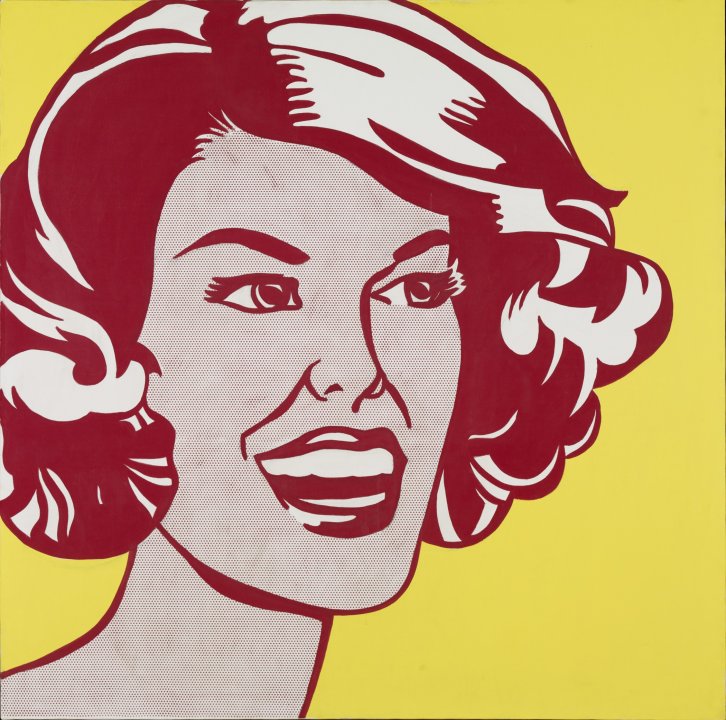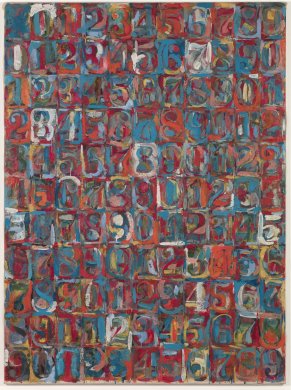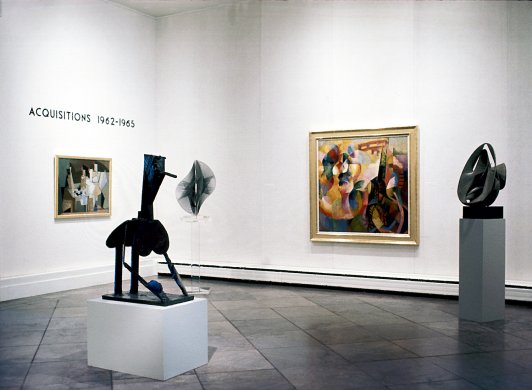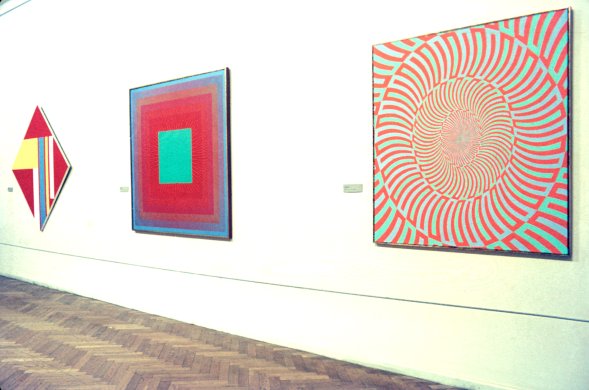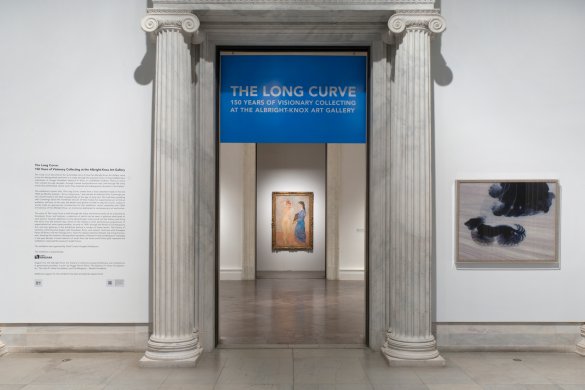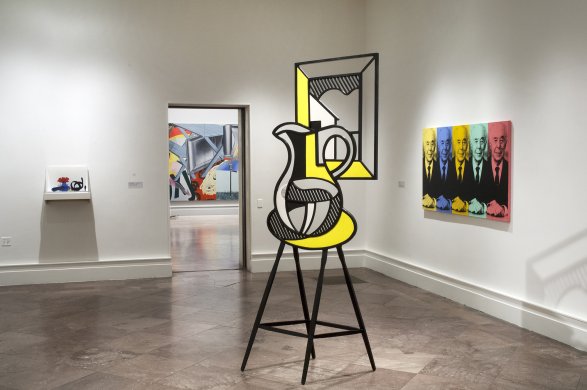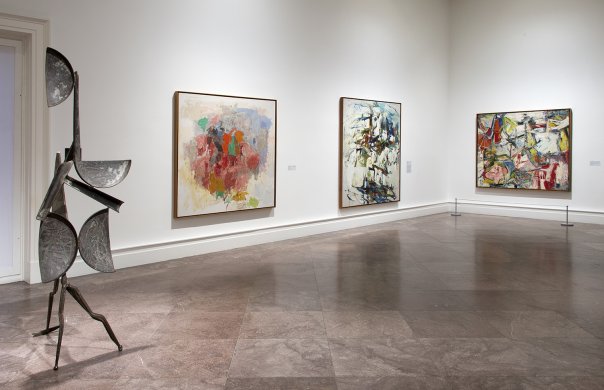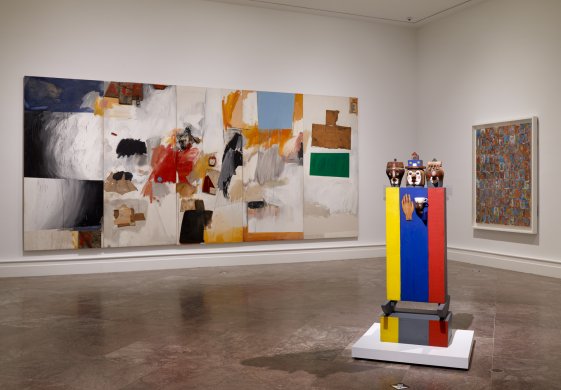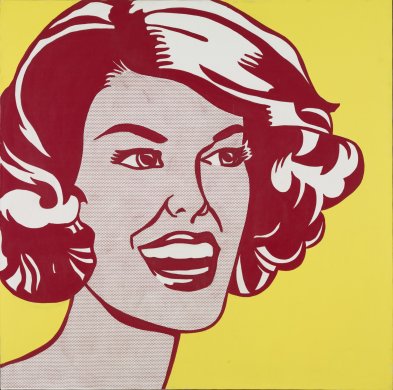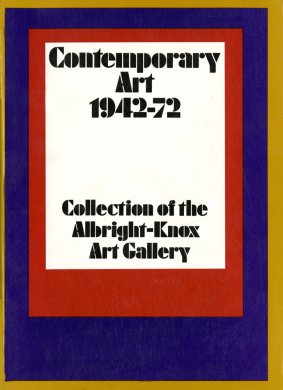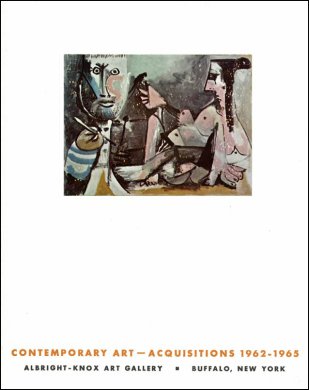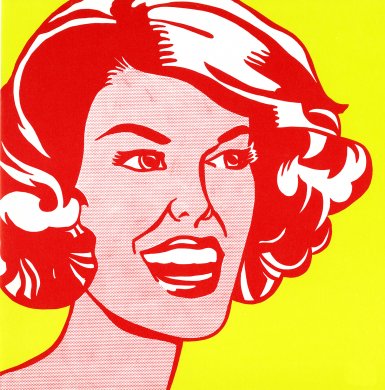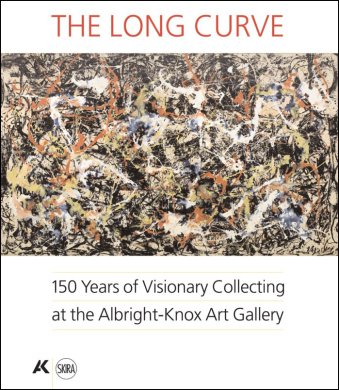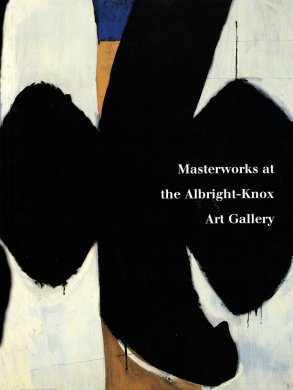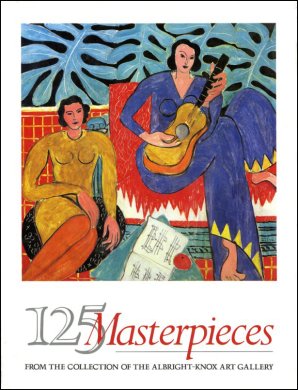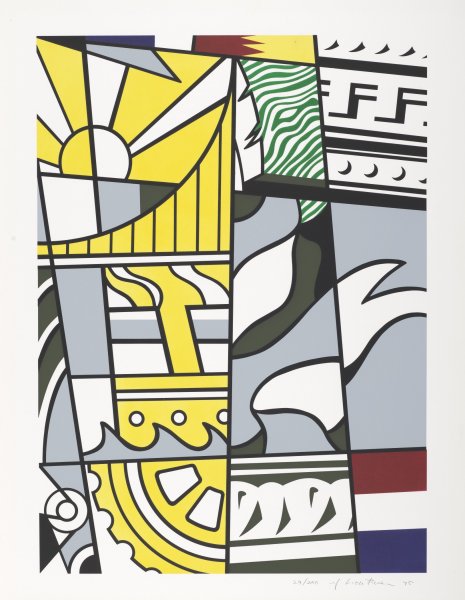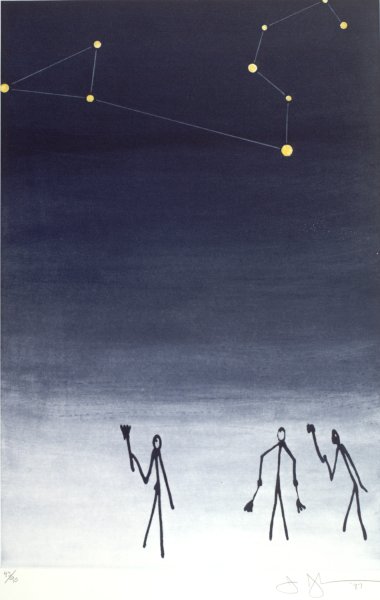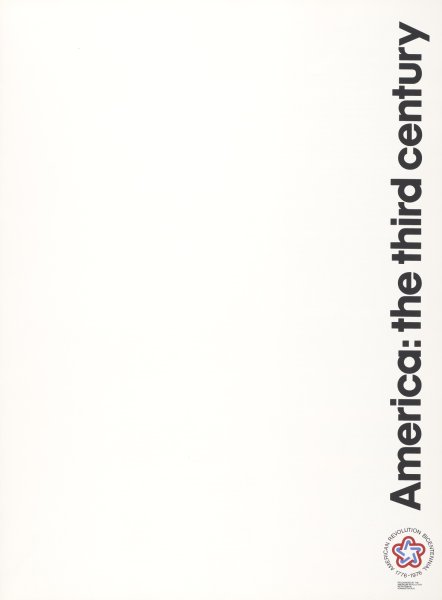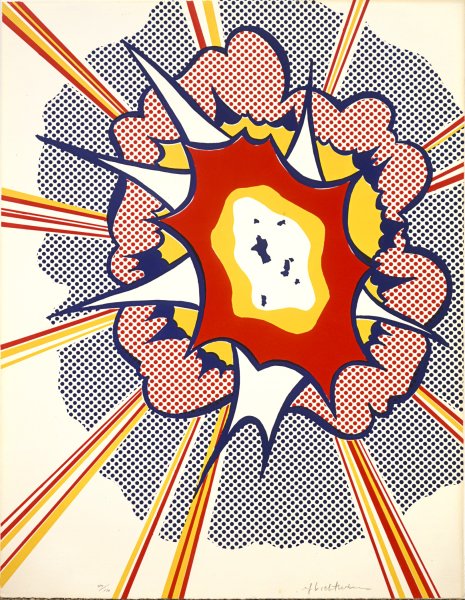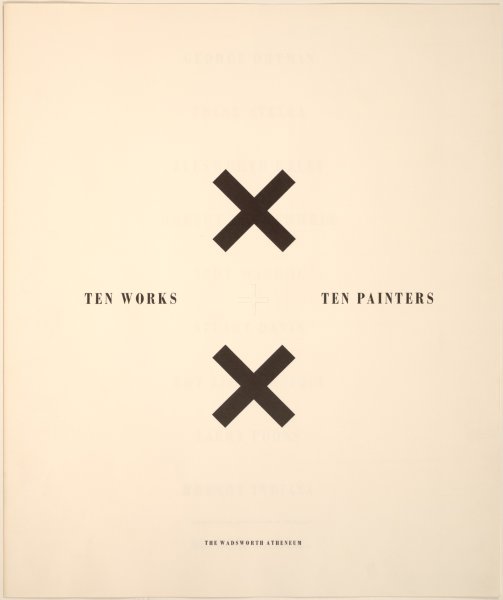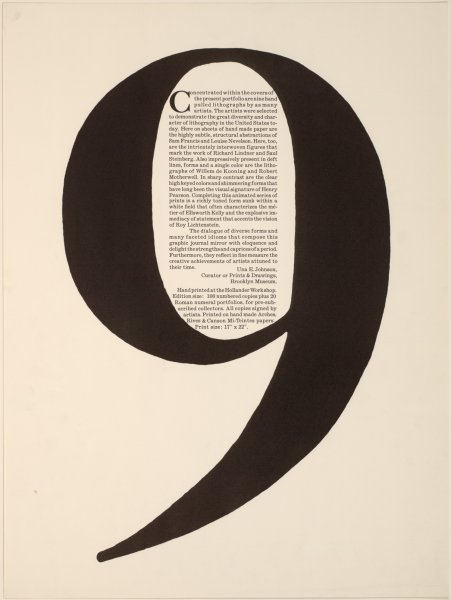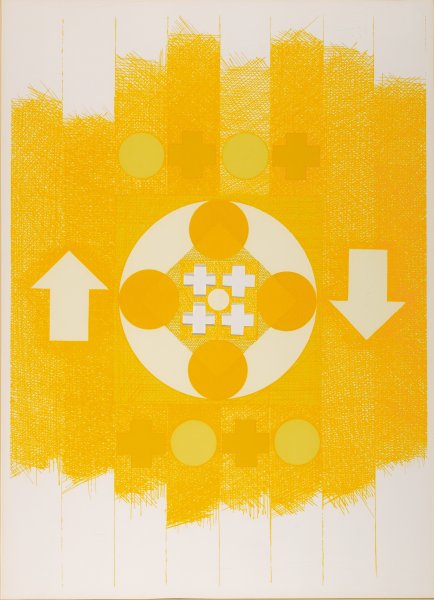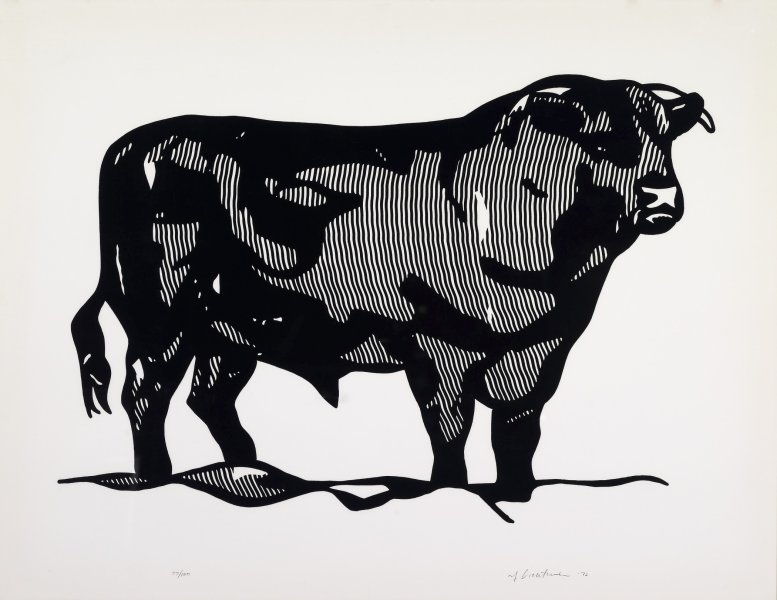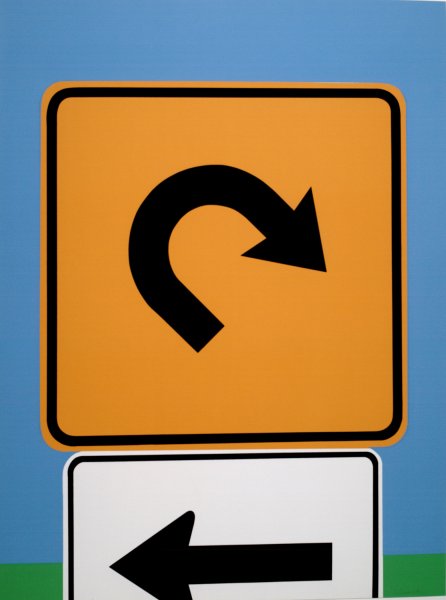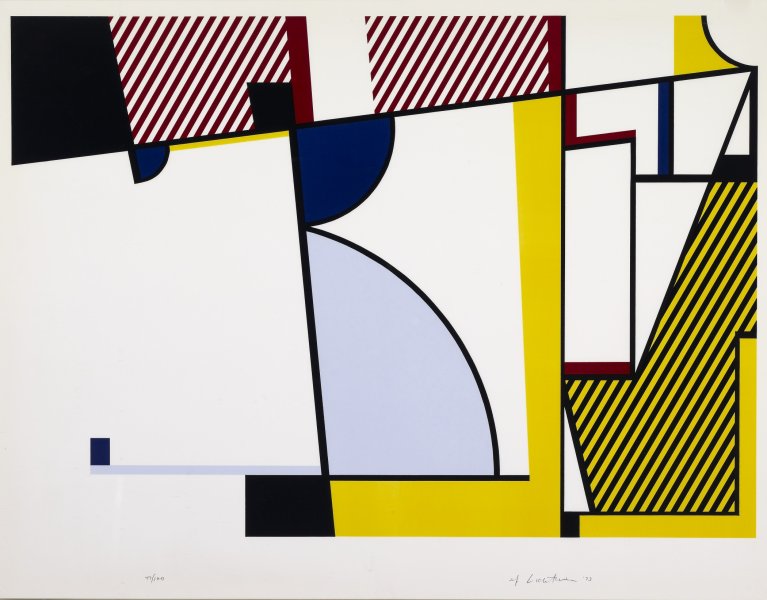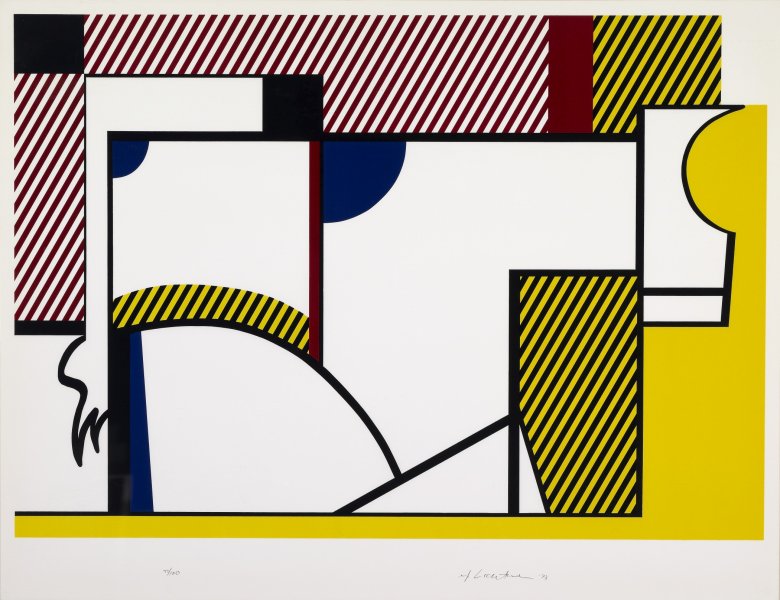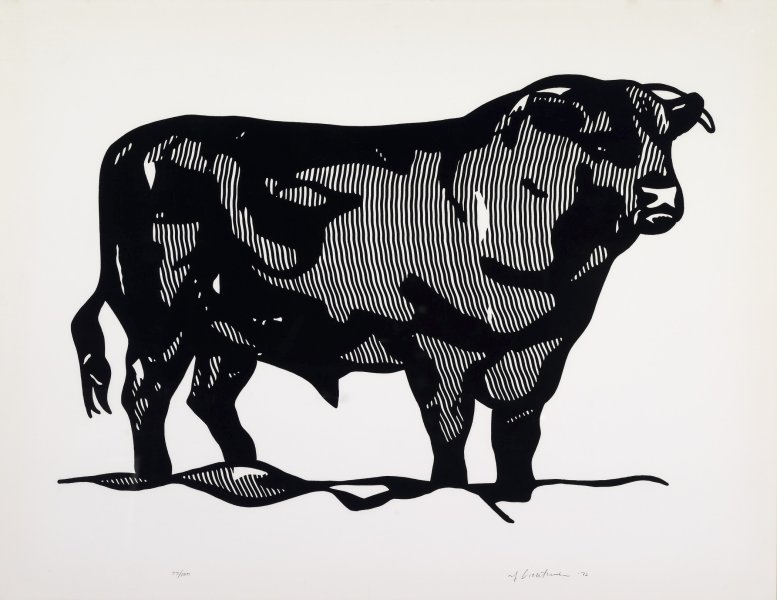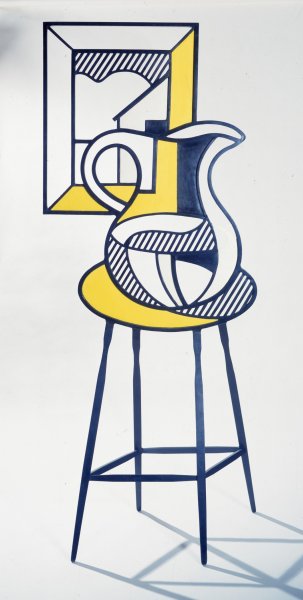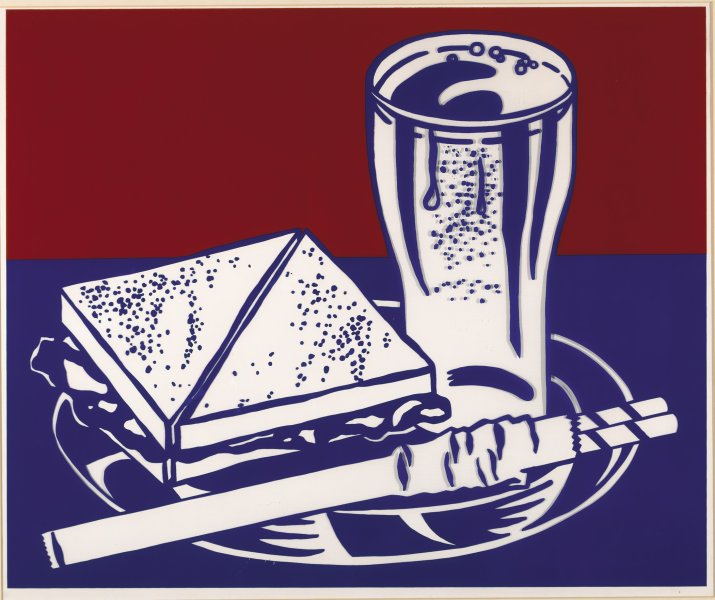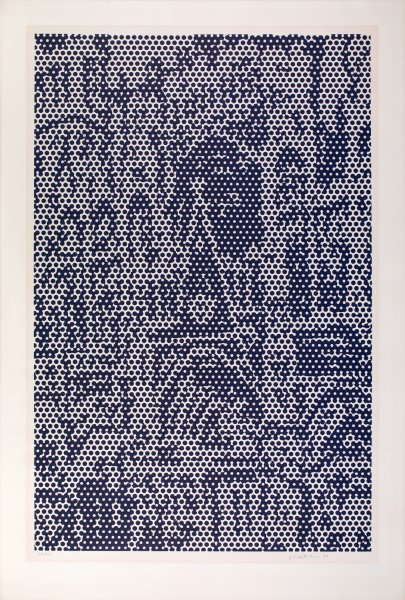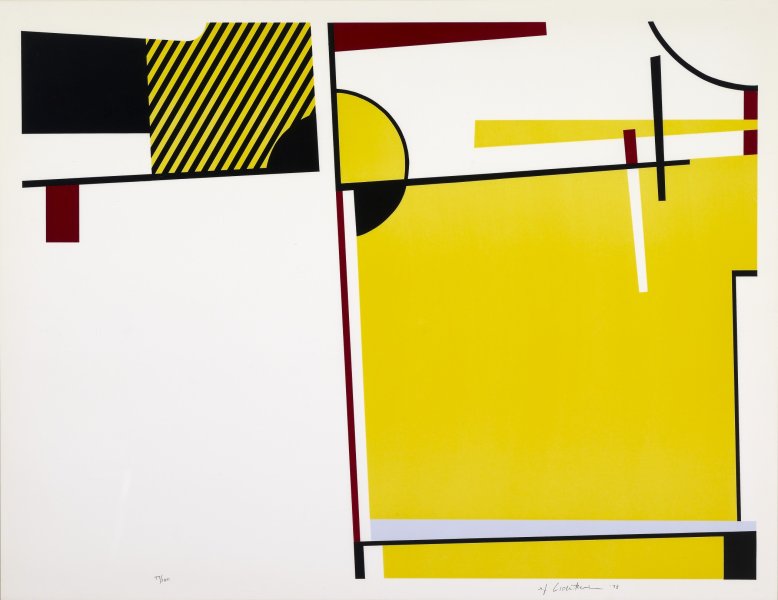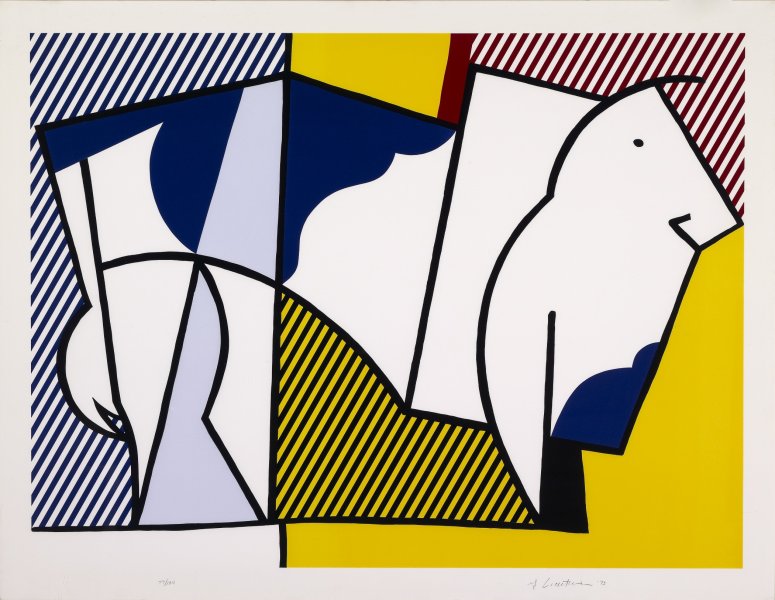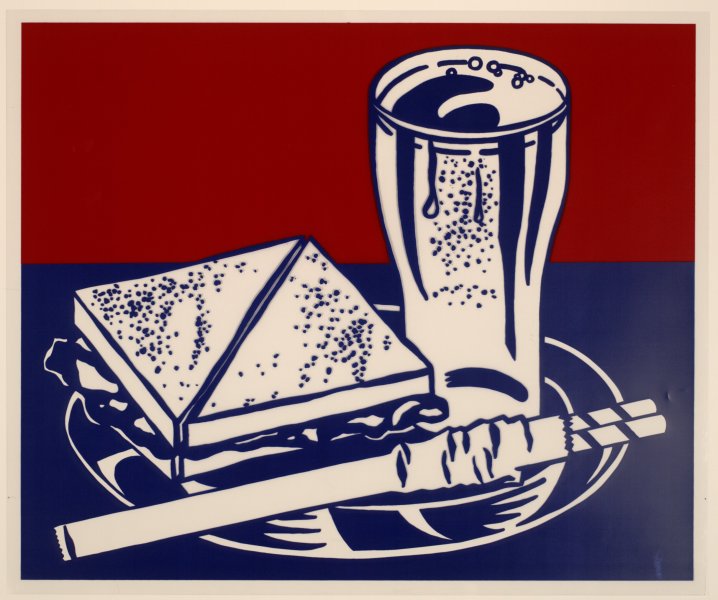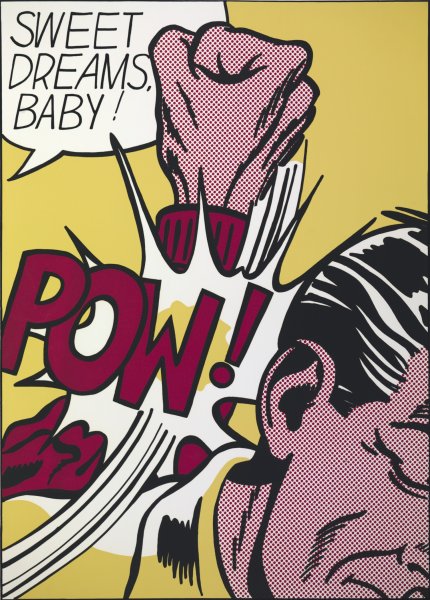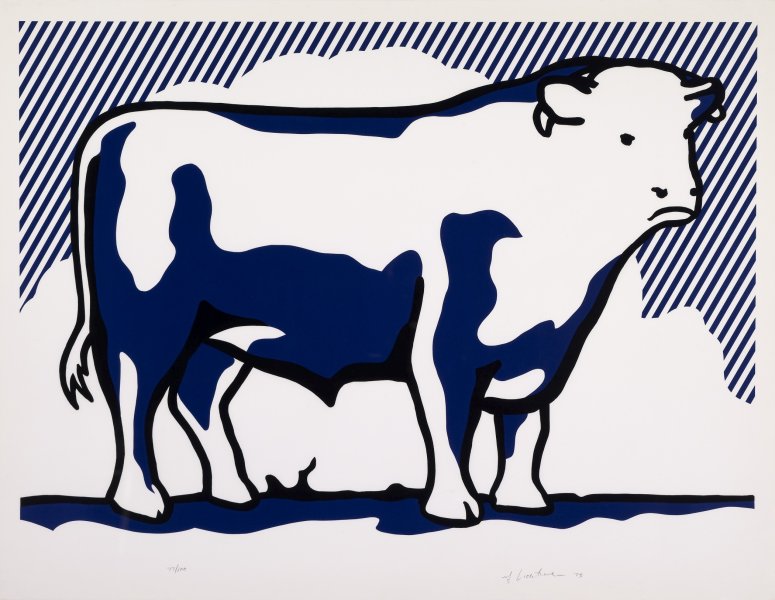Roy Lichtenstein
American, 1923-1997
Head - Red and Yellow, 1962
Artwork Details
Currently on View
Collection Highlight
Materials
oil on canvas
Measurements
support: 48 x 48 inches (121.92 x 121.92 cm); framed: 49 1/8 x 49 1/8 x 2 1/4 inches (124.78 x 124.78 x 5.72 cm)
Collection Buffalo AKG Art Museum
Credit
Gift of Seymour H. Knox, Jr., 1962
Accession ID
K1962:15
Roy Lichtenstein’s adaption of comic book and advertising imagery in his work was central to the significant role he played in the Pop art movement of the 1960s. During this period, the artist was one of many who made the then-radical assertion that popular culture was a viable subject matter for serious artmaking. A smiling woman throwing a beach ball in a vacation newspaper advertisement served as the source for Head—Red and Yellow as well as a large series of subsequent paintings. In this particular work, Lichtenstein appropriated just the figure’s head and re-rendered it using only two primary hues: red and yellow. The dots on her face and neck emulate the Benday process, originally developed in 1879 by the newspaper engraver Benjamin Day (American, 1810–1889) to create tonal variations through size and spacing, and which was stylized in pulp comic books of the 1950s and 1960s. Unlike in his source materials, however, Lichtenstein's dots are not machine made. Instead, their painterly imperfections reveal the importance of the artist's hand in the resulting image.
